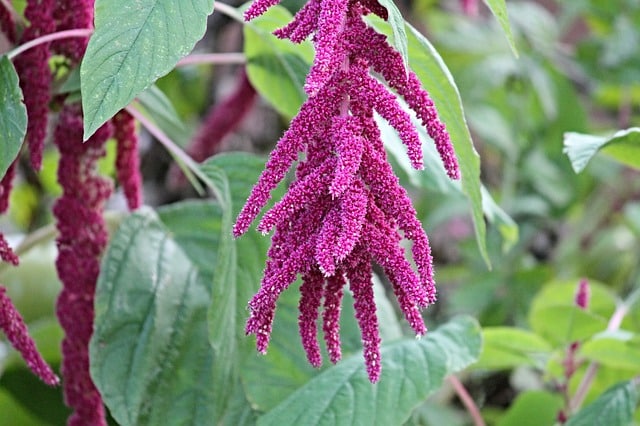
Amaranth is a flower whose bracts are unfading.
The Latin word immarcescibĭlis came to Spanish as inmarcesible . The term refers to that which does not wither .
Fadeless
The verb wither , meanwhile, refers to the process that plants, flowers and other elements develop when they lose their freshness and vigor . It also alludes to the loss of beauty or energy .
When something cannot wither, in short, it is classified as unfading. It can also be said that what is unfading is unfading , since both concepts are synonymous .
As a symbol
Many times the idea of unfading is used symbolically. Let's take the case of the relevance of a footballer - already retired from professional activity - in the history of a club . No matter how many years go by, the importance of the player for the entity is unfading: nothing will erase the achievements and significance of the athlete in question.
Likewise, the unfading legacy of a writer to the literature of his land means that the author's legacy is imperishable. Due to its magnitude and quality, it is expected that the work will always be well considered and estimated.
Unfading love , unfading glory and unfading courage are other expressions that we can find with this word. Everything that remains intact or unaltered over time can be described in this way.
Amaranth
The genus of Amaranthus plants, which are annual and herbaceous, belongs to the family called Amaranthaceae and has a very particular link with the concept of unfading. In its name itself we can notice that it comes from a Greek word whose meaning is "evergreen", precisely because the bracts of its flowers do not wither .
At this point we must talk about the concept of bracts . It is a word coined by the scientist, botanist, zoologist and naturalist from Sweden, Carlos Linnaeus , to refer to the leaf-shaped organ that is close to the flowers. It is important to clarify that it is not synonymous with any leaf of a plant, nor with the perianth , a structure that wraps and surrounds the sexual organs of the flower.
This peculiar characteristic of amaranth led humans to turn it into a symbol of immortality . For example, in ancient times crowns were prepared with this unfading flower to grant those who wore it glory and favor, among other supernatural properties.
As a curious fact, this interpretation beyond explanation did not occur in its region of origin, various parts of Latin America, but on the European continent. Latin Americans appreciated amaranth for its undeniable nutritional contributions , but they did not consider this flower more than a source of food.
The force of the unfading
Human beings are probably the only species that fear death . Are we perhaps also the only ones trying to understand it? In its seemingly eternal cycle, nature generates the birth of millions of species that, sooner or later, stop living to feed the earth and give rise to new life.

With exceptions, the only way not to wither is to not have lived
It is a path that we all know, that we are taught in childhood, but that we generally never accept. Whether we fear aging and choose to hide our wrinkles, or fight the most destructive diseases , we face the end of the cycle with all our might. For this reason, we would be capable of doing anything to embrace the mere possibility of becoming unfading.
In literary titles
The idea of unfading also appears in the titles of different literary works. “Inmarcesible” is a book written by Yolanda González . A novel by Karina Krenn bears the same name. “Alma inmarcesible” , finally, is a work by Laura Ventura Burdeus .
